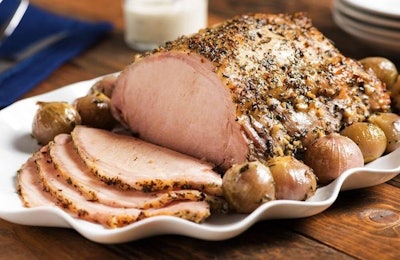
Meat consumption is expected increase the most in four key regions of the world – Sub-Saharan Africa, North Africa, Southeast Asia and the Middle East – during the next decade, a USDA official said.
Testifying on February 15 at a U.S. House Agriculture Committee hearing on economic challenges facing rural America, Dr. Robert Johansson, USDA Chief Economist, estimated that over the next ten years, global meat consumption is expected to grow.
According to Johansson’s projections:
- Sub-Saharan Africa will see its meat consumption rise at an annual rate of 2.6 percent
- North Africa will increase meat consumption at an annual rate of 2.3 percent
- Southeast Asia will increase its meat consumption by 2.2 percent annually
- Middle East meat consumption will rise by 2.1 percent annually
In those four regions alone, Johansson said, in ten years, those four regions combined are expected to boost meat consumption by 8 million tons, which is 20.3 percent of the global growth in meat demand.
Meat demand and trade
Johansson noted that meat imports by those four regions will need to increase by 2.7 million tons to meet this demand. The 2.7 million tons will account for about 34 percent of their increased meat consumption, while the remainder will come from increased domestic production. He further projected that those four regions will account for almost 52 percent of increased global meat imports for the next decade.
Poultry, pork trade
Poultry trade by the major poultry exporting countries will expand the most among animal protein categories throughout the next ten years, Johansson said, increasing by almost 24 percent, reaching more than 14 million metric tons.
Major pork exporters are projected to expand trade by 11 percent, reaching more than 9 metric tons by 2026.
Also speaking before the committee were Dr. Nathan Kauffman, assistant vice president and Omaha Branch Executive, Federal Reserve Bank of Kansas City; Dr. Joe Outlaw, professor and extension economist, Texas A&M University; Dr. Patrick Weshoff, director of the Food and Agricultural Research Institute, University of Missouri; and Dr. D. Scott Brown, assistant extension professor, University of Missouri.
















